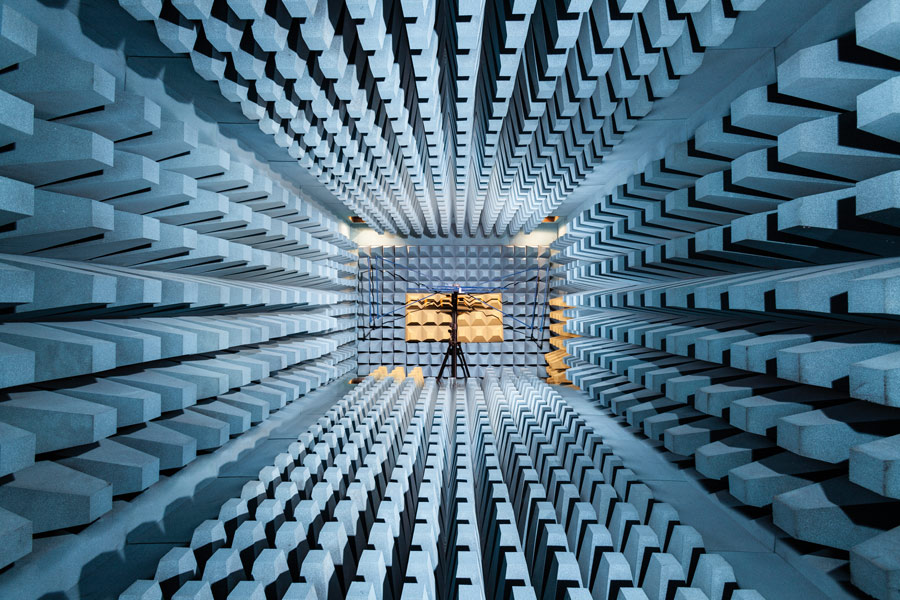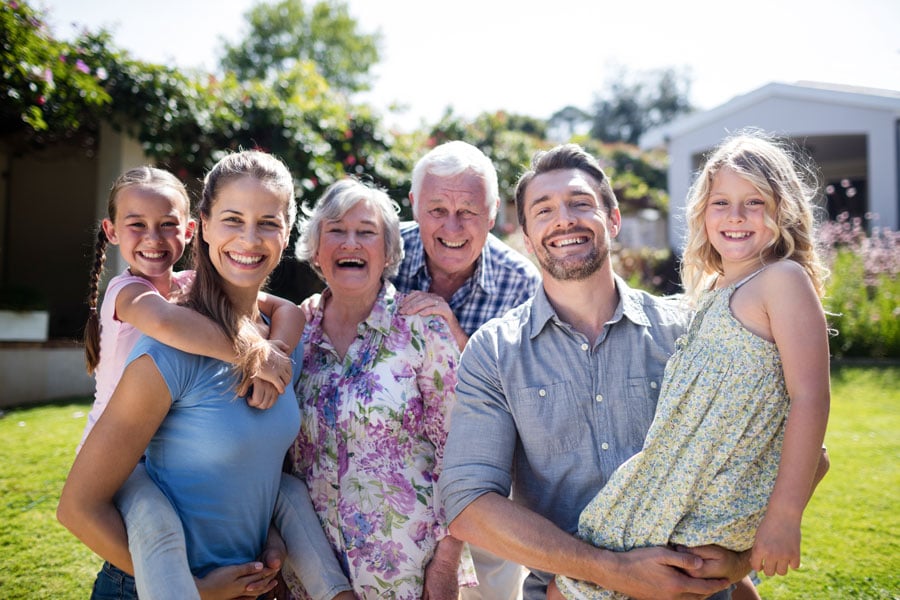Tag: simulation
Managing paediatric aneurysms using three-dimensional stereolithographic modelling and surgical simulation

This article focuses on the current research work by Dr Michael Levy, Chief of Paediatric neurosurgery at Rady Children’s Hospital-San Diego and Professor at the University of California San Diego School of Medicine. By investing in futuristic surgical simulation techniques like preoperative, 3D virtual and stereolithographic modelling, Dr Levy is paving the way for improved surgical practice outcomes for all […]
Modelling the growth of minerals

What do precious gems, seashells, and bones have in common? The answer is minerals. Minerals are chemically complex solids that are mostly formed naturally by Earth’s and space’s geological processes but can also be produced by many living species, including humans. Dr Raffaella Demichelis, at Curtin University, Australia, is using computational chemistry to see how these minerals form and how […]
Real-time societies: Maintaining control in the digital world

The rapid growth of digitisation is disrupting society profoundly. To secure a worthwhile future, we need to explore new approaches to govern complex socio-technical systems. Professor Johannes Weyer and his research team at Technische Universität Dortmund in Germany have developed SimCo, a simulation framework to investigate the dynamics of socio-technical systems like transportation or energy supply. This research examines how […]
Read More… from Real-time societies: Maintaining control in the digital world
A wireless, battery-free world: how do we power it?

Our digital world depends on the interconnectivity between wireless devices, often battery-free with no direct power supply. Such devices include wireless passive sensors, designed to receive and respond to signals from the environment. These devices can be powered by electromagnetic waves, provided their antenna can efficiently convert waves to energy. By employing optimisation algorithms and introducing a more accurate measure […]
Read More… from A wireless, battery-free world: how do we power it?
Multi-fidelity shape optimisation of suspension bridge decks

Over the last century, technological advances have resulted in increased length of the main span of long-span suspension bridges, making them even more vulnerable to structural vibrations caused by environmental factors, particularly wind. Dr Ibuki Kusano from the University of Stavanger, Norway, and her collaborators are investigating the structural response of suspension bridges under wind loads. The research team has […]
Read More… from Multi-fidelity shape optimisation of suspension bridge decks
Agent-based modelling of immigration impact

Policy makers depend on immigration policies and quotas, derived from models of the impacts of immigration to design policies that meet the needs of an entire society. Marcello Marini, Dr Ndaona Chokani and Professor Reza S. Abhari from the Laboratory for Energy Conversion (LEC) Group, at ETH Zürich, have developed an artificial intelligence model that significantly reduces simulation times allowing […]